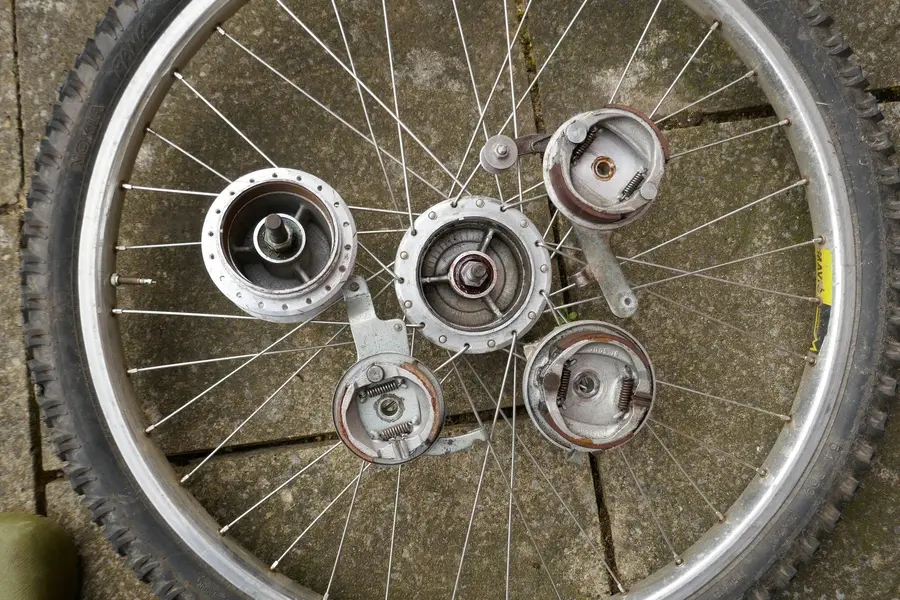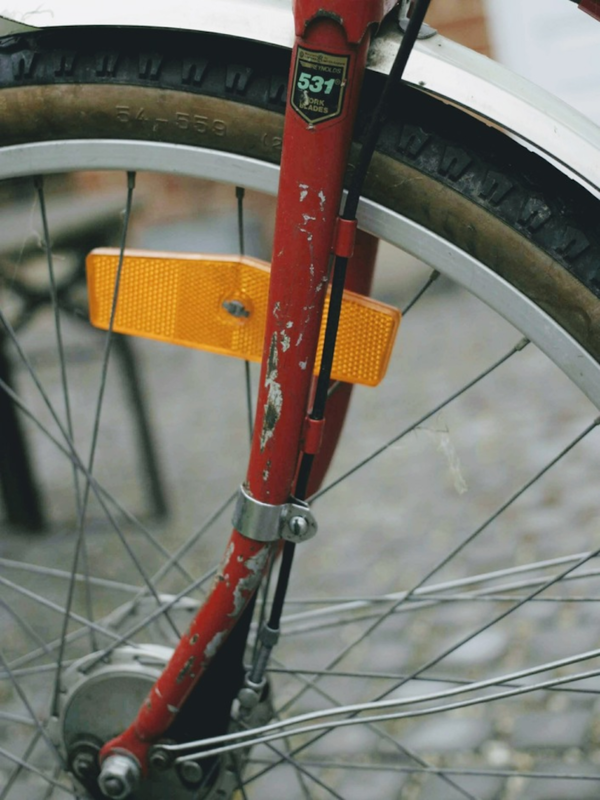- Feedback
- View
The Repack rider's and the Post Office loved hub or drum brakes. The Dutch still do.
They used to be popular with tandem owners and with all-weather mountain-bikers. However, nowadays they are mostly found on work-bikes and bicycle-sharing-scheme bicycles.

Have you owned a bike with hub/drum brakes? Maybe an old Klunker or a Tracker-bike? Do you have any pictures or anecdotes?
What's your experience of using this type of brake, both positive and negative?
What are the advantages and disadvantages when compared to rim or disk brakes?
Disk-brakes the most popular form of hub-brake but how durable do you find them? Would there be any advantage in an enclosed disk-brake?
My own experience of them varies.
Some weigh a ton and hardly work at all. But, I have found a few designs that work very well in all conditions without any maintenance.
They used to be popular with tandem owners and with all-weather mountain-bikers. However, nowadays they are mostly found on work-bikes and bicycle-sharing-scheme bicycles.

Have you owned a bike with hub/drum brakes? Maybe an old Klunker or a Tracker-bike? Do you have any pictures or anecdotes?
What's your experience of using this type of brake, both positive and negative?
What are the advantages and disadvantages when compared to rim or disk brakes?
Disk-brakes the most popular form of hub-brake but how durable do you find them? Would there be any advantage in an enclosed disk-brake?
My own experience of them varies.
Some weigh a ton and hardly work at all. But, I have found a few designs that work very well in all conditions without any maintenance.
